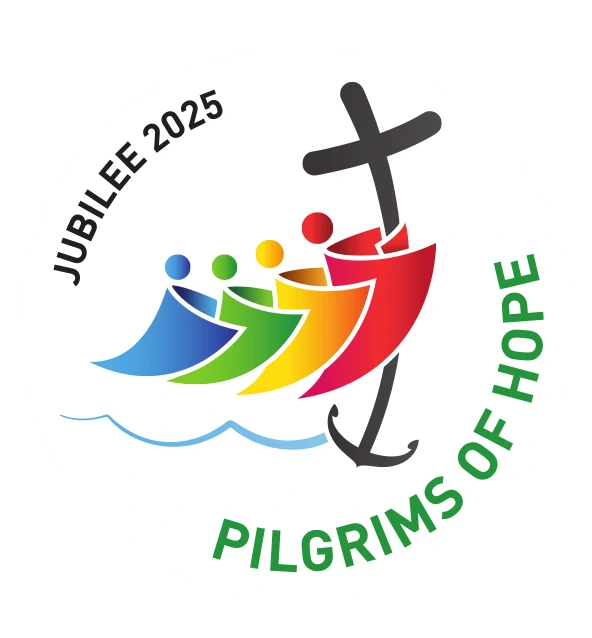At St John Fisher CVA, we use Talk for Writing to teach children from EYFS to Year 6 to think, talk, read and write as readers.
Children learn to write within this three part writing cycle where they imitate, innovate and independently write based on a core text.
Working walls are used to capture the current learning and children can access resources to support their learning in all classrooms. Washing lines are also used to display the sequence of learning.
Our school follows the No Nonsense spelling approach to the discrete teaching of spelling from Year 2 to Year 6. Year group specific spelling rules are taught and revisited regularly and spelling lists are non-negotiable when used within the children’s work. Children in EYFS and Year 1 learn to spell through the Soundswrite phonics approach.
We teach grammar and punctation within discrete lessons throughout the week and within the context of the Talk for Writing model texts. We follow the Talk for Writing progression in grammar overview to ensure high grammar expectations of children from EYFS to Year 6.
Higher level language is developed with the use of “magpie books/walls” and a focus on highlighting quality language within day to day teaching and learning. The use of children’s independent magpie books are used to record any ideas they have captured during their learning journey. A “never dodge a good word” approach is adopted so that spelling does not hinder vocabulary choices.
At St John Fisher CVA, we use the Achieving Excellence in Handwriting approach developed by Martin Harvey. The children are taught to print letters in EYFS and Year 1 In Year 2 the children learn to write joined up which is then continued and practised into KS2.
The Talk for Writing Approach
Cold task
The cold task is an opportunity for the children to ‘have a go’ and show their teacher what they already know about the text type to be taught. This establishes exactly where the children are on their learning journey, ensuring that their skills are built on through the next sequence of learning. Tickable targets are set for each child to achieve by the end of the unit of work.
Short burst writing
From the cold tasks, the teacher will have identified which grammar and punctuation focuses are needed during this sequence. These are practised and applied in context through Short Burst Writing. This helps the children to warm up all the writing techniques they will need to use in their writing to keep the reader engaged.
The Hook
The hook is used to motivate and get the children excited about the text they are using. This could be a filmed message, a character coming to visit, an unusual object appearing or even a complete set construction in the classroom!
Story/Text Maps
Learning the model text is essential in the talk for writing sequence. A story/text map of the model text is created by the teacher, and by the children, to help the class internalise the narrative or non fiction text. As they become more familiar with the text, they move from whole class imitation to small group and paired initiation. The children use actions and movement to help them tell the story.
Reading as a reader
Once they have internalised the text, they then look at it in a written form. As the children have learnt it so well, it helps everyone when reading. During this part of the learning, the class focus closely on the vocabulary and their understanding of the text.
Reading as a writer
To lead into the innovation phase, the children look again at the text focusing on:
- Understanding the underlying structure of the text through ‘boxing up’
- Recognising and understanding the features that helped to make the writing effective by creating toolkits
Innovation
During the innovation phase, the class and the children create a new plan to write from. The teacher model writes the class text, section by section, and the children write theirs too. The teacher models how to use the box up plan as well as the toolkit to create a new piece of writing. Each day the teaching staff will work with a different group, as a guided write, to support the children in their writing. The teacher, the children and their peers, will feedback on each others work to aid the editing and improvement.
Independent Application (Hot Task)
At the end of the learning sequence, the children complete another piece of writing where the children now show everything they now know, showing that they have achieved the tickable targets set after the cold task. At this stage, the focus may come from the children, their teacher may give them a stimulus to focus on or it may be linked to the children’s wider curriculum. By comparing the cold and hot tasks, it is clear to see the progress made.

Spelling Resources
Here are some handy links to high frequency words and year group specific common exception words that children will practice as part of their homework. We encourage all families to support their children in practicing these regularly. This supports the scientific approach that we use at St John Fisher that regularly retrieval practice ensures learning is transferred to the long-term memory.



